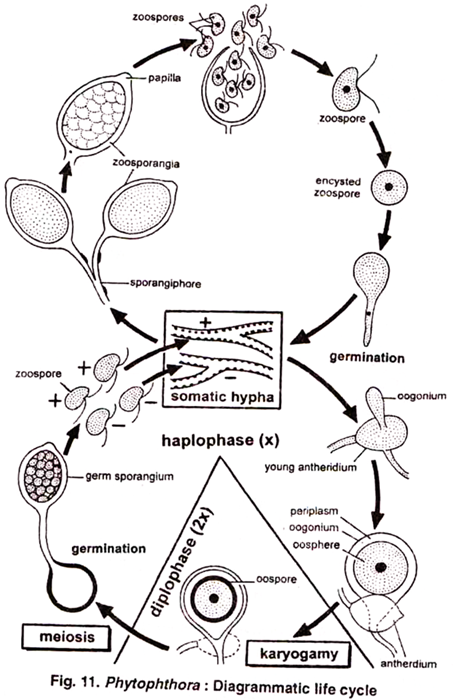Read this article to learn about the regulation of gene expression in prokaryotes.
The expression of a gene in response to a substance in its environment is called induction and such genes are called inducible genes, e.g., lactose dependent genes or lac Operon.
Other genes that are always expressed (such as tRNA, rRNA) are called constitutive genes. Some genes are turned off when a particular substance is present in the environment and such genes are called repressible genes, e.g., presence of histidine in the medium as described above.
The lac Operon controls three genes responsible for synthesis of β-galactosidase (lac Z gene), β-galactosidase permease (lac Y gene) and transacetylase (lac A gene) enzymes. Therefore, mRNA produced by this Operon is known as polycistronic mRNA. As shown in Figure 9.3. Lac Operon contains a regulator gene called as lac I, which is responsible for synthesis of a protein referred to as repressor protein. The repressor protein binds to as specific DNA sequence and inhibits β- galactosidase synthesis.
Normally β-galactosidase is not synthesized in a bacterial cell, thus inhibition of β-galactosidase synthesis and binding of the repressor protein is the normal condition. Gene encoding the repressor protein does not need to be located adjacent to the protein’s site of binding because the repressor protein can diffuse throughout the cytoplasm.
A protein that can diffuse and act at a distant site is known as a trans-acting protein and the gene that produces it is known as trans-acting gene. The repressor protein binds to operator site (lac O) on DNA which is 21 nucleotides long. In presence of lactose (activator), repressor does not bind to lac O and transcription of the three adjacent structural genes proceeds (Fig. 9.5).
In contrast to regulation by repressor, in the reversible system repressor protein remains inactive and fails to bind to the operator. Consequently, proteins are synthesized by all the three structural genes. However, the repression protein can be activated in the presence of co-repressor. The co-repressor together with repressor protein forms the repressor co-repressor complex. This complex binds to operator gene and blocks protein synthesis. This repressor protein was isolated by Gilbert and Muller-Hill in 1966 (Fig. 9.6).

